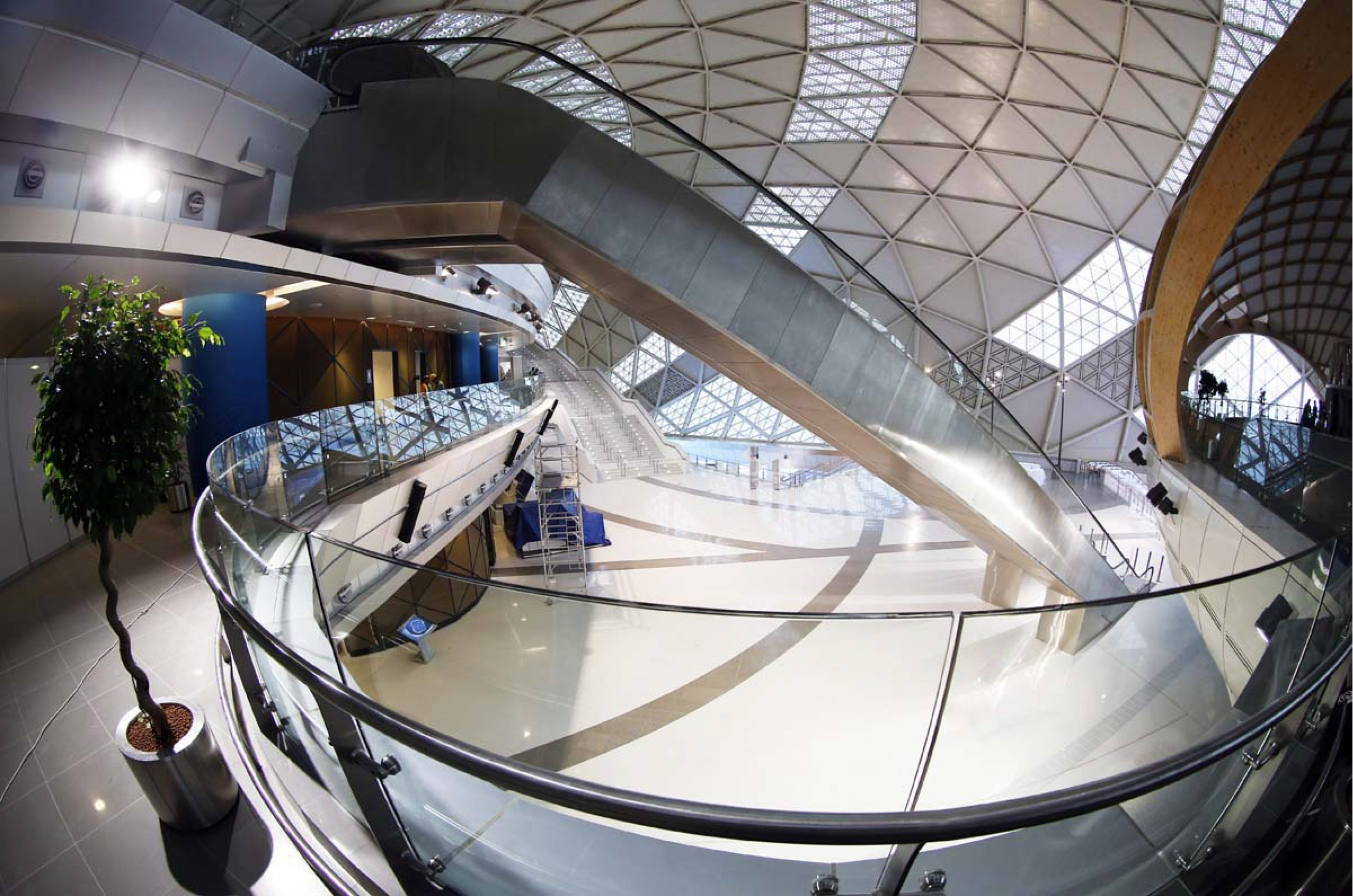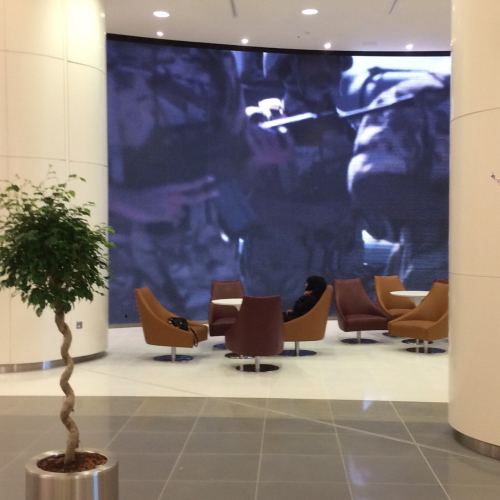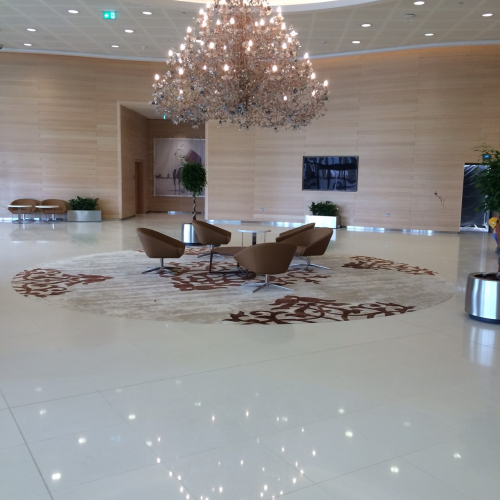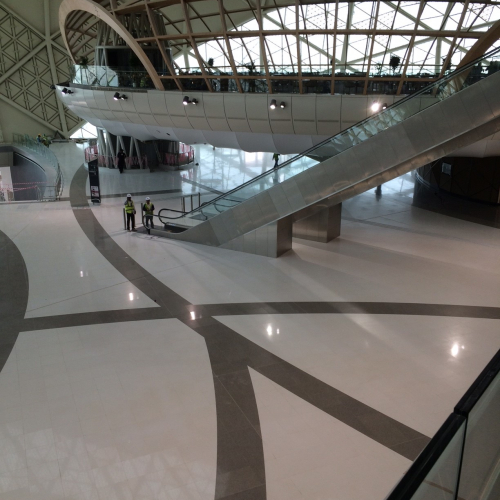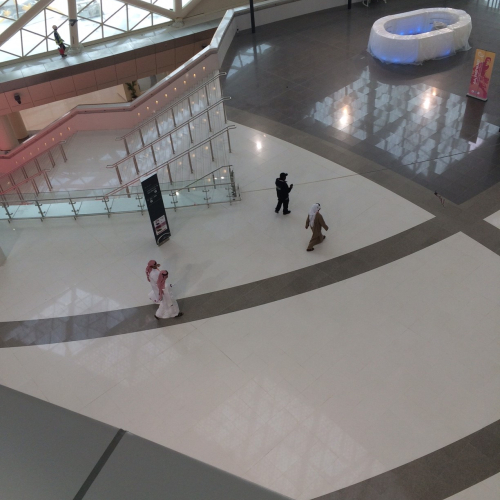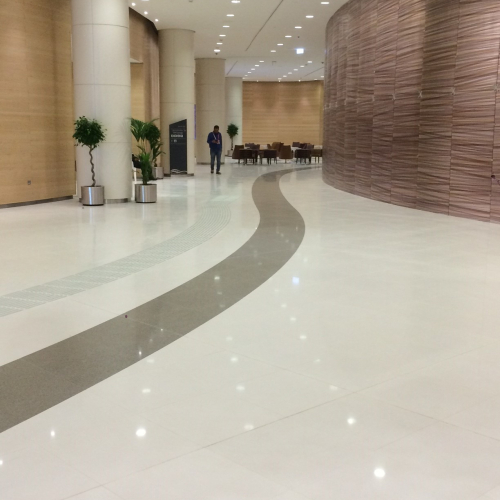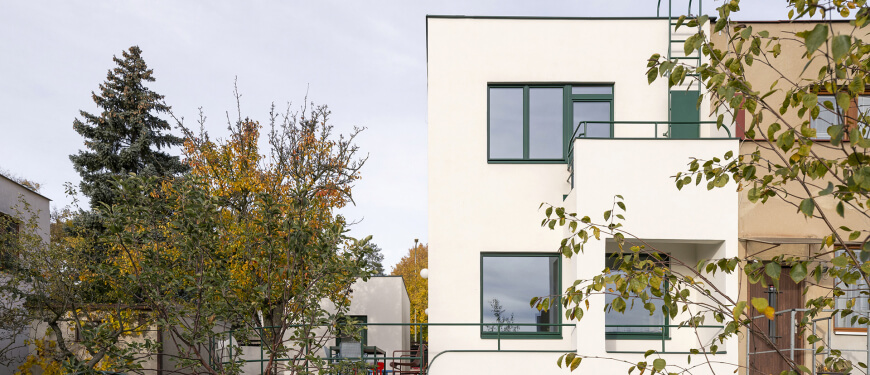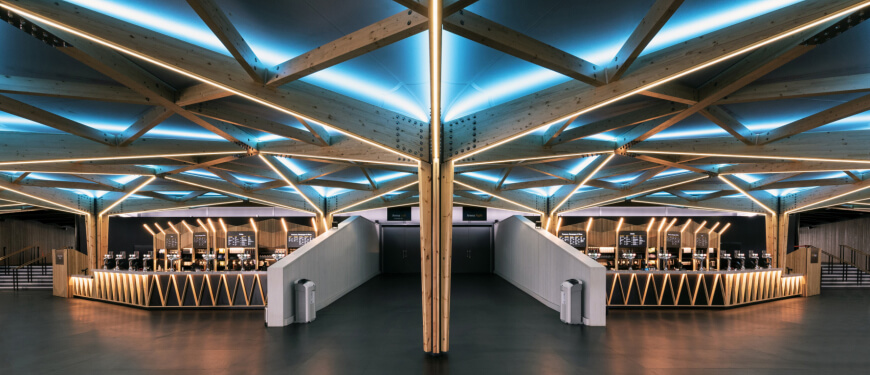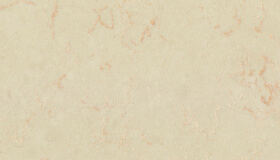The Inspiration and Philosophy of the Design
The design for the arena originated in the studios of Cox Architects under the leadership of Alastair Richardson, a famous name in the field of sports architecture. Alastair has designed many sports stadiums during his career, especially in his native Australia. His work has been awarded many national and international prizes for excellence in architecture and professionalism.
The creation of the Lusail arena was inspired by the cultural treasures of Qatar. The arena space is dominated by an enormous open dome, recalling a characteristic of traditional Islamic architecture. The central dome is surrounded by organic, free-flowing halls that refer to the natural elements typical of Qatar and resemble a giant seashell. The colors used on the outer glass of the shell match those of the sea, pearls, and desert sand. These features are harmonious and visually interesting, but they also have a functional importance, because they facilitate the transmission of sound and light, which is essential for sporting and cultural events.
The Arrangement of the Halls
The arena is part of a large area that contains three main buildings together with a tree-filled park, walking and running paths, and roads and parking for vehicles.
The first building, known as the “multi-purpose hall,” is the central element of the complex. It covers an area of approximately 50 hectares and has, in addition to the main arena, a pair of training halls and exclusive VIP areas. It also houses other facilities and amenities for athletes, staff, and spectators.
The Lusail multi-purpose hall is connected to two additional buildings. Building 2, known as the "Cooling Tower Building," is equipped with a comprehensive air conditioning and ventilation system, refrigeration equipment, and fresh air treatment facilities with heat recovery systems. The third building, the "Microwave Tower." serves as the main media center for the complex.
Sustainable Architecture
The extensive use of glass on the façade of the building allows natural light to penetrate into the interior, but it also integrates an advanced air conditioning system with natural ventilation supplied through 1,500 small windows located in the building’s outer glass shell. At higher levels, the panels are opaque. At lower levels, the glass panels are larger and transparent, and at the ground level they transition into solid walls.
LED lights are built into the joints between the panels to highlight the complex geometry of the façade at night. Photovoltaic collectors have been installed to provide a source of renewable energy. The designers’ ideas for improving the comfort of visitors while at the same time reducing the buildings’ impact on the environment won recognition in 2014 in the form of the Global Sustainability Assessment System’s Design Sustainability Award.
Beautiful and Reliable Materials
TechniStone® was used in several areas of the arena, from the flooring in the main hall to the restaurant and rest areas. The application of the TechniStone elements follows the geometry of the building's design, using light-colored tiles streaked with irregular grey veining. In some places the edges of the tiles are organically rounded. Technistone’s Crystal Diamond and Gobi Grey decors were chosen for the project. Both decors have visible grains that go beautifully with the theme of nature and sand. In addition, Crystal Diamond enhances the luxurious interiors of the arena thanks to its inclusion of small reflective glass particles.
Engineered stone from Technistone is manufactured to withstand everyday wear and tear and still retain its beautiful look for many years.
TechniStone® is not only durable and easy to maintain, which is essential in public accommodations and sports facilities, but it also contributes to the overall sustainability goals of projects where it is used.
Explore our wide range of innovative surfaces and transform your next project into an architectural masterwork.


